Doing some birding on a rainy day I found a Leucistic American Robin in Waukesha. This is not the same bird that was found the other day in Waukesha on March 22. This bird has a lot more white. I found the bird just south of the baseball field at Frame Park in the city of Waukesha. The exact location was a empty city lot just south of the baseball field on Whiterock Ave. It feed for a couple of minutes as I observed it from the street. Amazing to see two Leucistic American Robins in Waukesha over a 4 day period. Another species seen today, FOY was a Yellow-bellied Sapsucker at Frame Park during the rain. Images were taken on March 25, 2017.
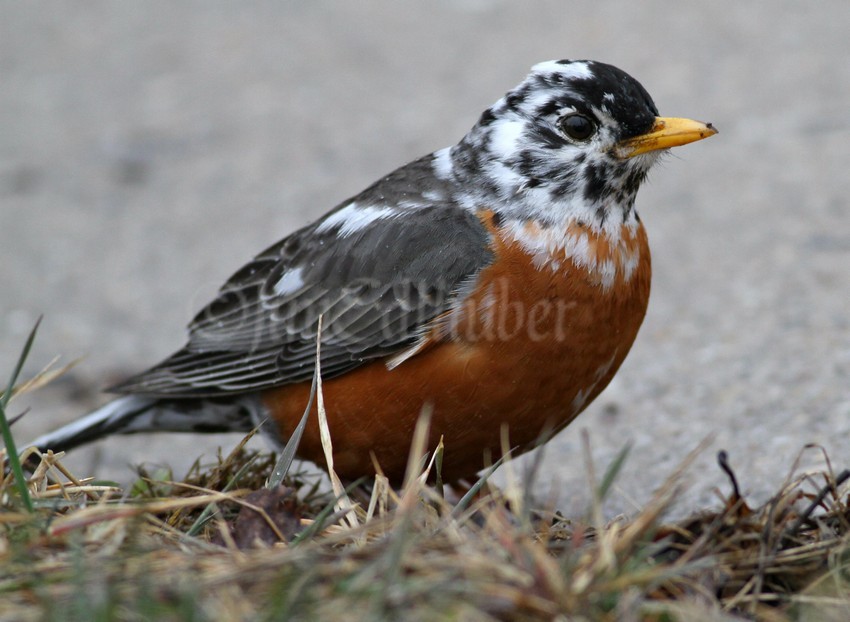
What is Leucism? Leucism is an uncommon condition in birds. This condition is caused by a genetic mutation which prevents pigments, particularly melanin, from being deposited evenly in the bird’s feathers. Leucistic birds have melanin elsewhere in their bodies which is why they may have dark eyes, legs, and bills. However, their true color will be missing or greatly reduced due to the lack of proper pigmentation.
What is Albinism? Leucism is similar to albinism as in both cases the birds may be completely white. However, albinism is defined as a complete absence of melanin in an animal. Truly albino species will have pink eyes as the only color seen will be caused by blood vessels behind their eyes. They will also have pink bills, legs, and feet. Albinism is extremely rare in birds.
Notes: Leucistic birds are extremely uncommon for a number of reasons. They are not thought to live very long because their white feathers make it difficult for them to hide from predators. If they do stay alive, it is difficult for them to find a mate and successfully pass on their genetic mutation. Additionally, the melanin found in regular birds adds strength to the feathers. Leucistic birds lacking melanin have weaker feathers and thus have a more difficult time flying in severe weather. Last, the reflective properties of white feathers may be problematic for birds who rely on solar energy for heat.
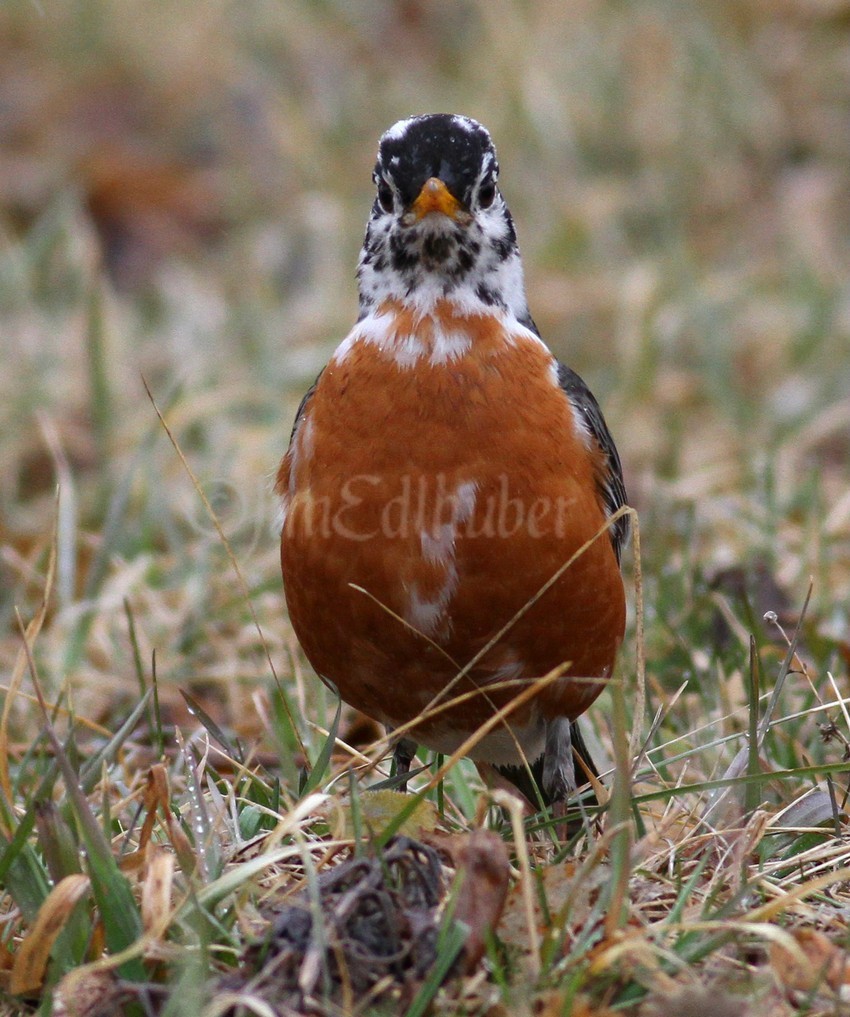
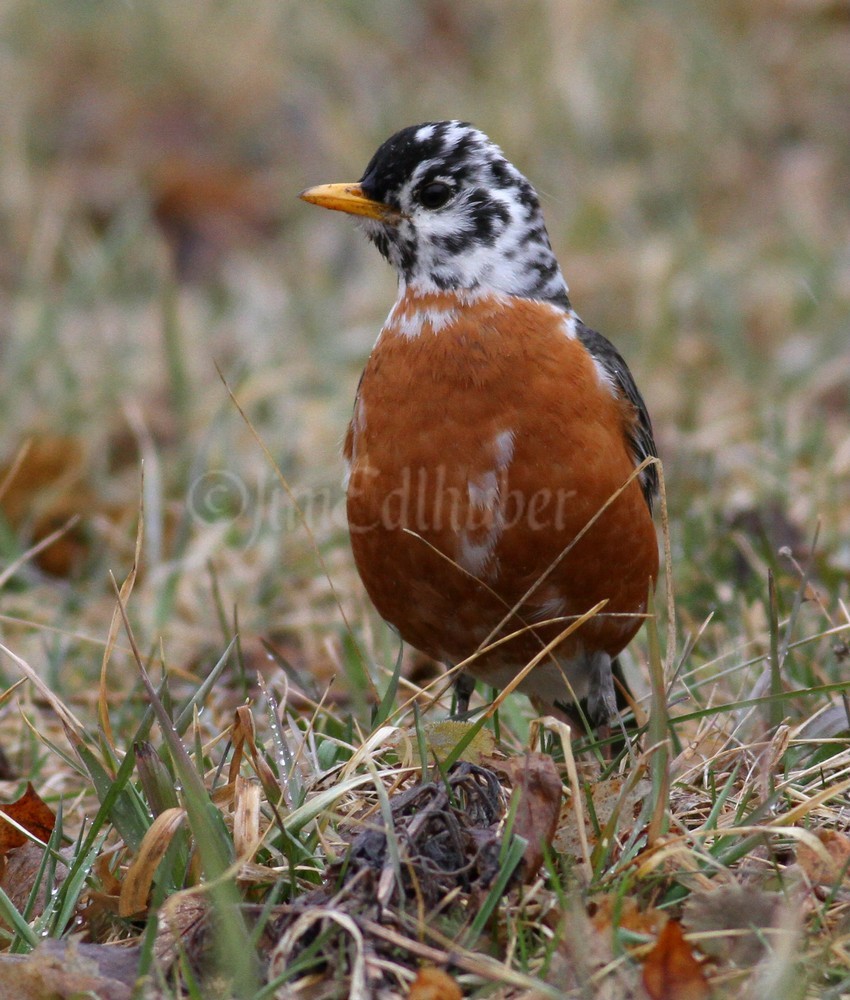
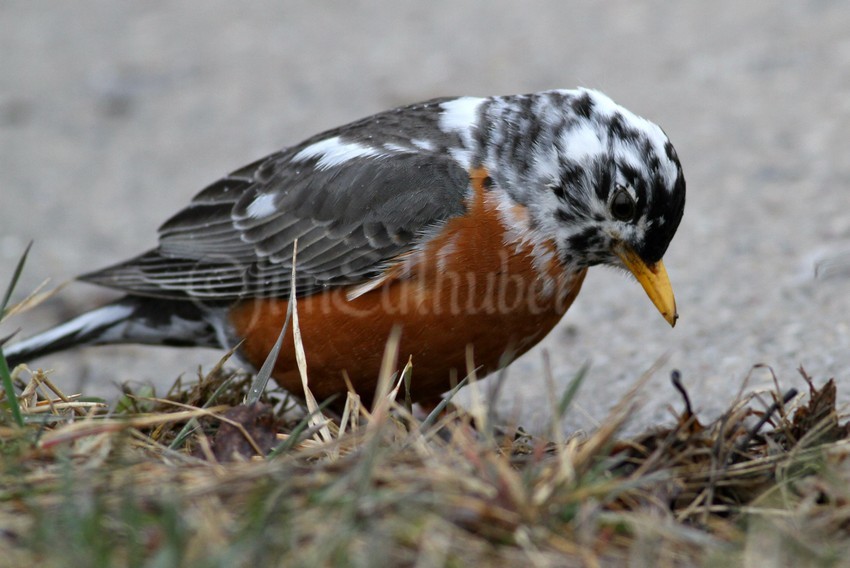
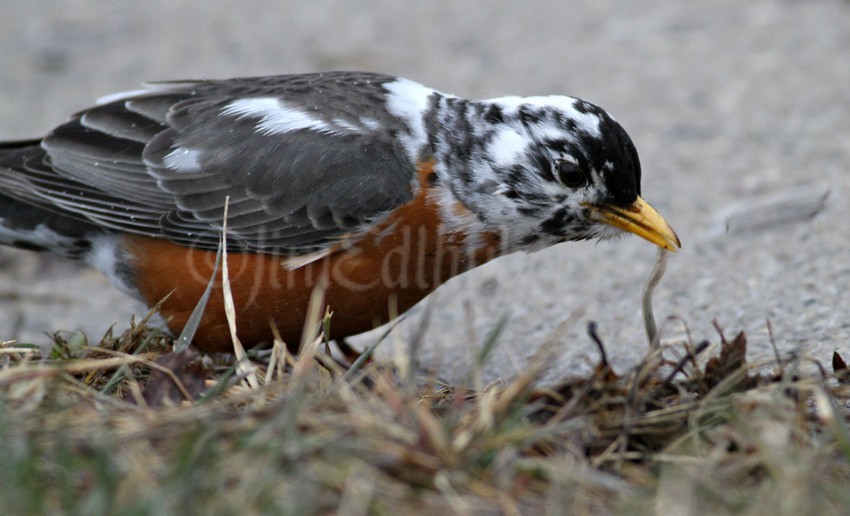
That is not a worm!
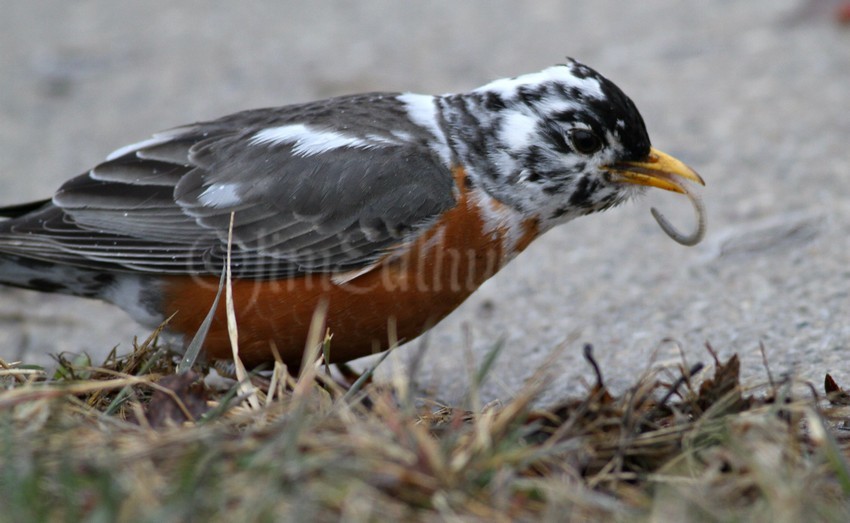
That is not a worm!
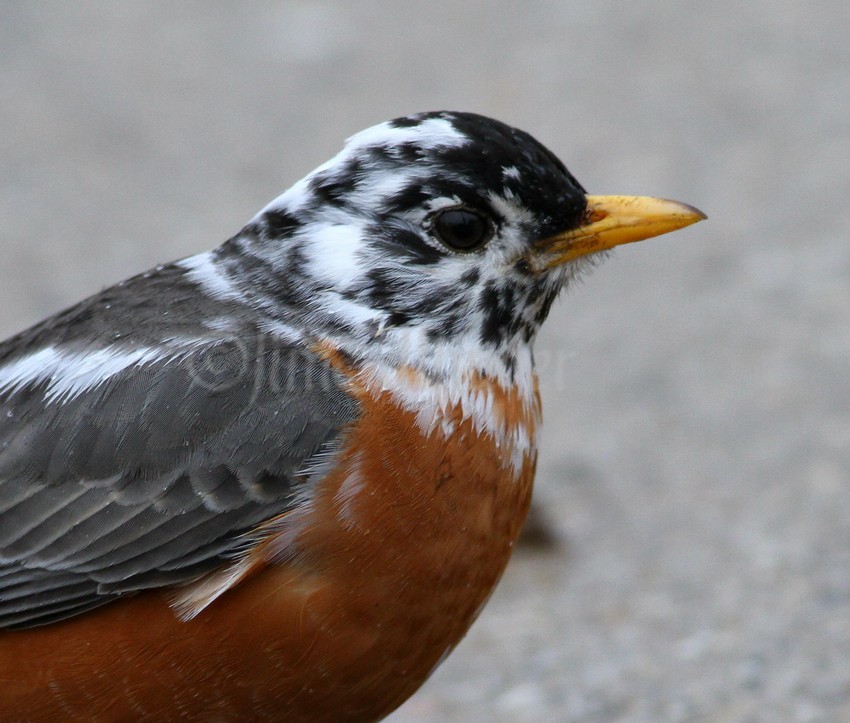

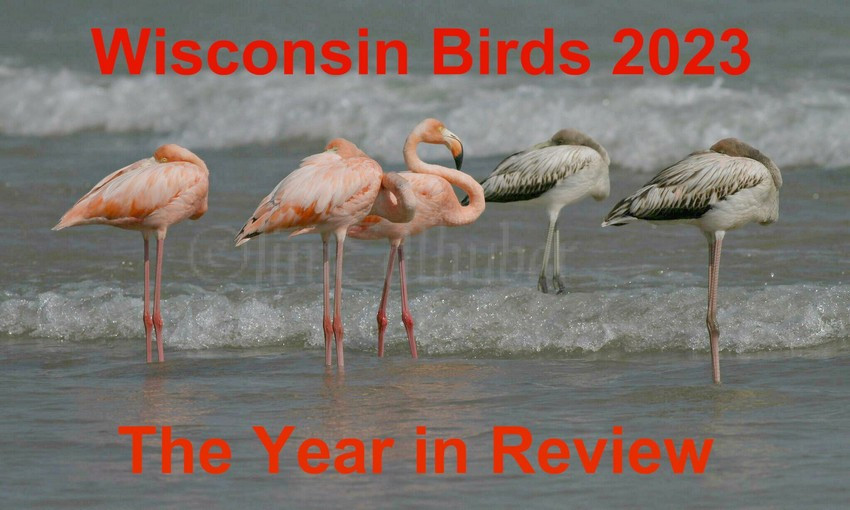
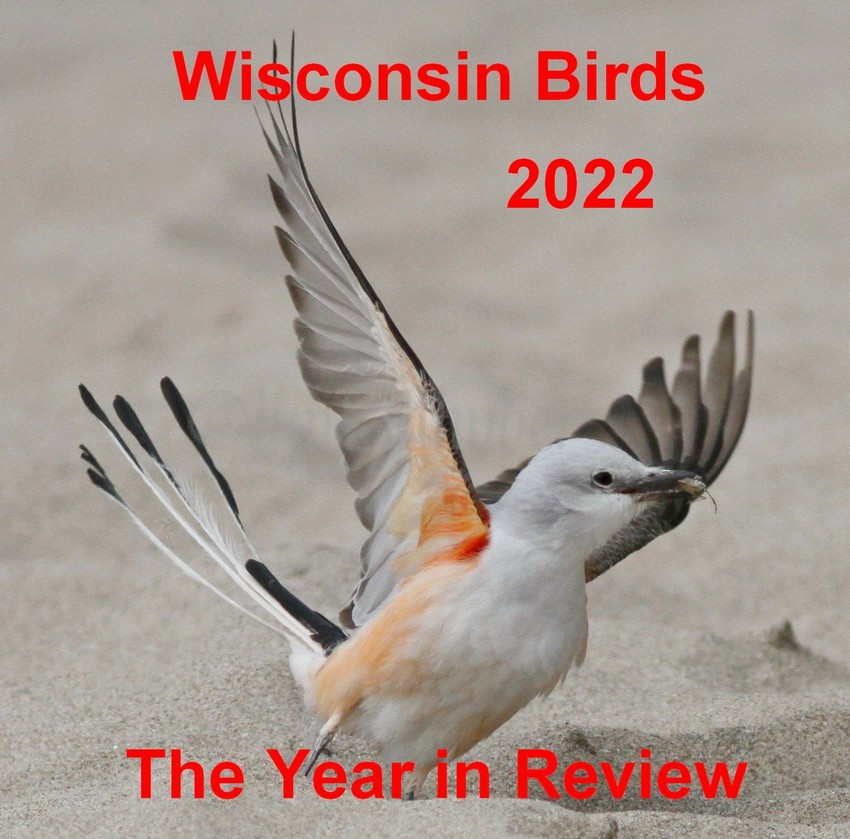
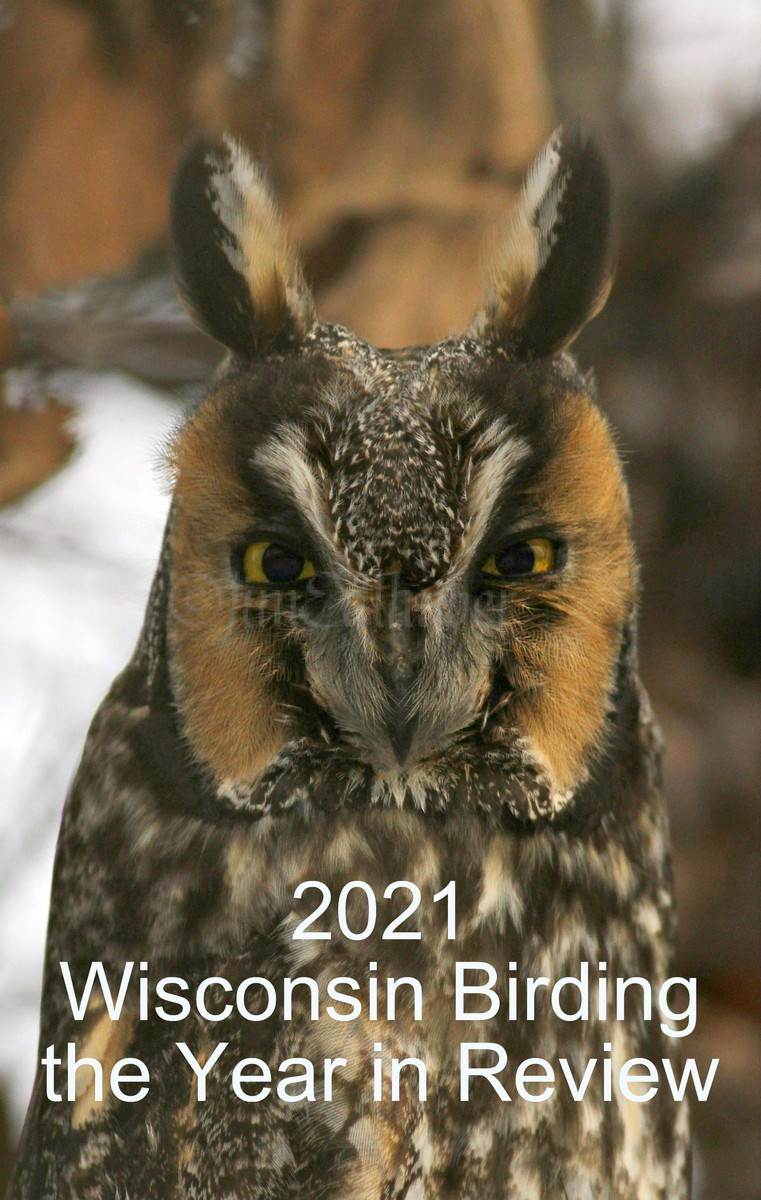
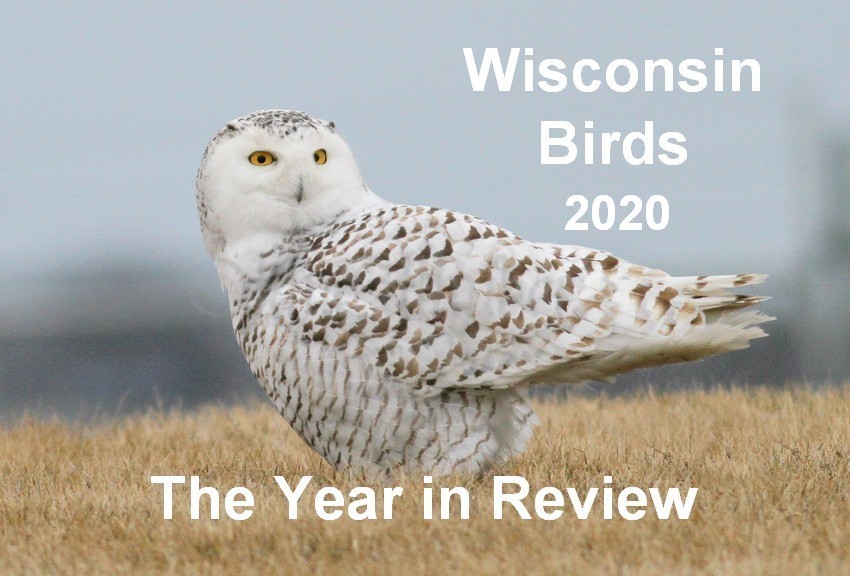
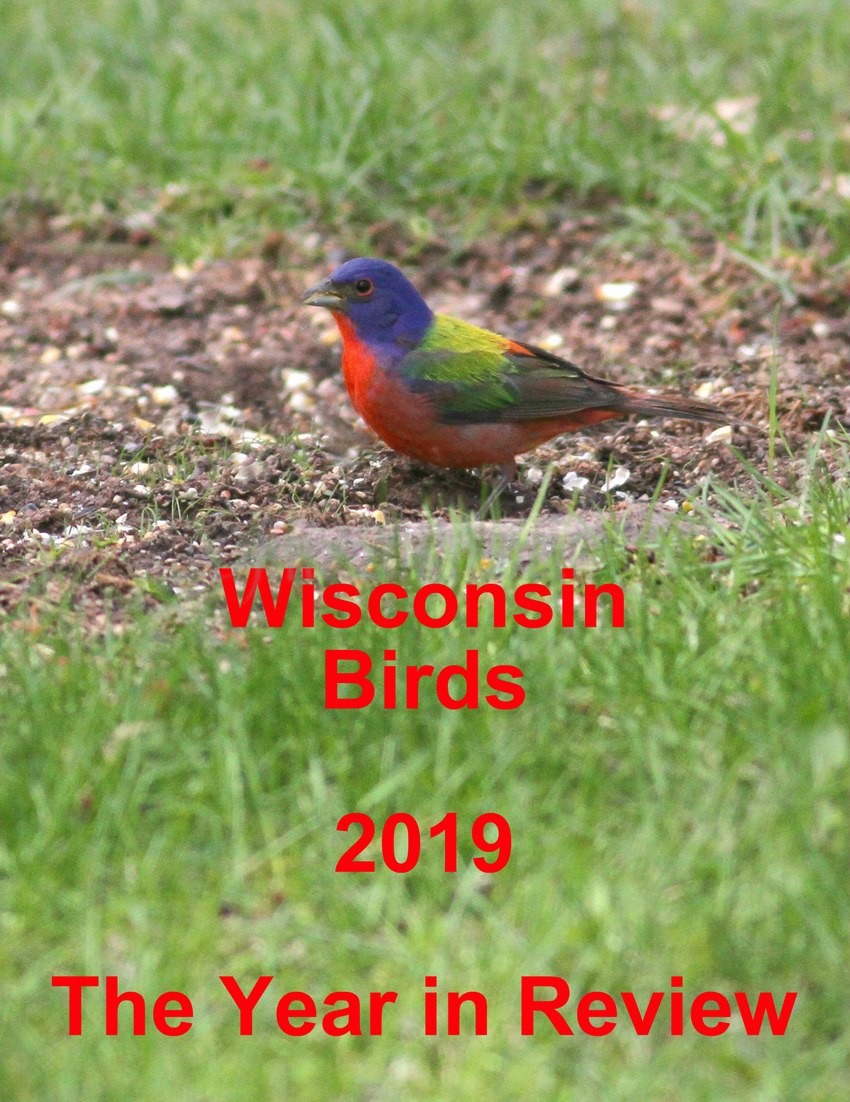
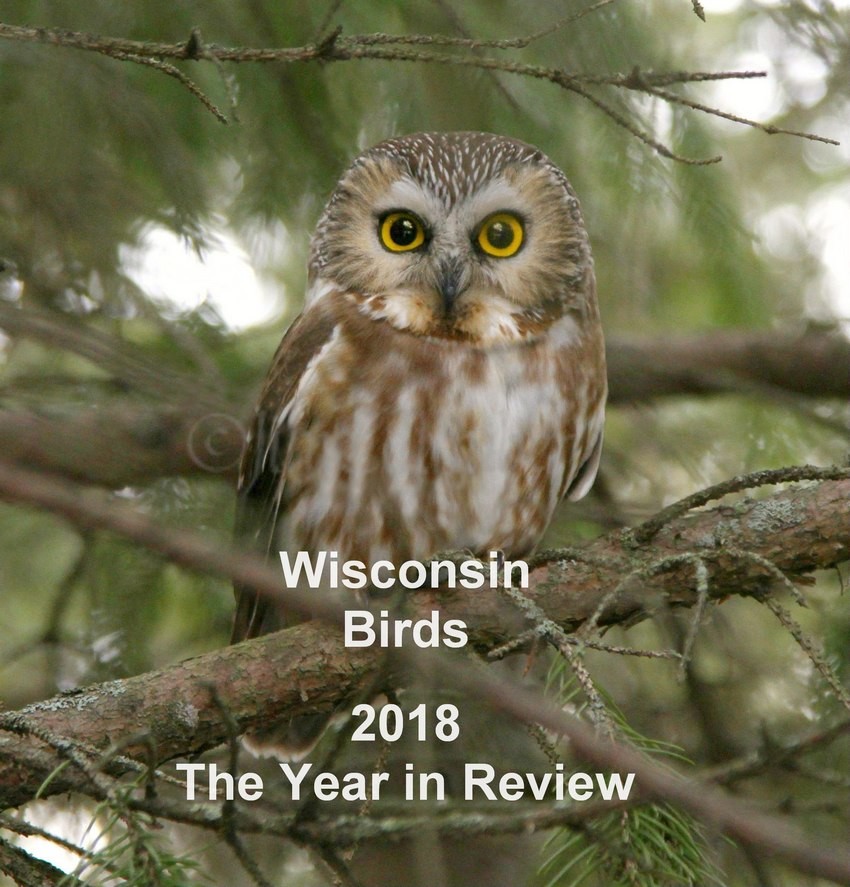
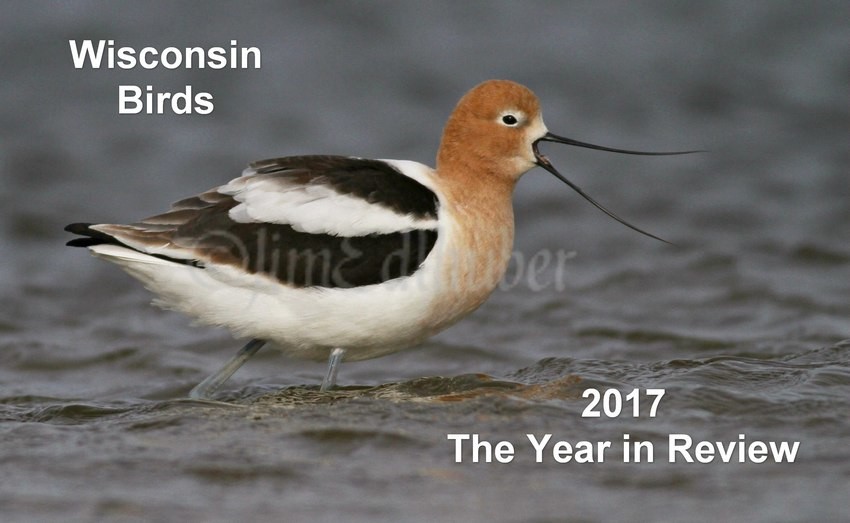
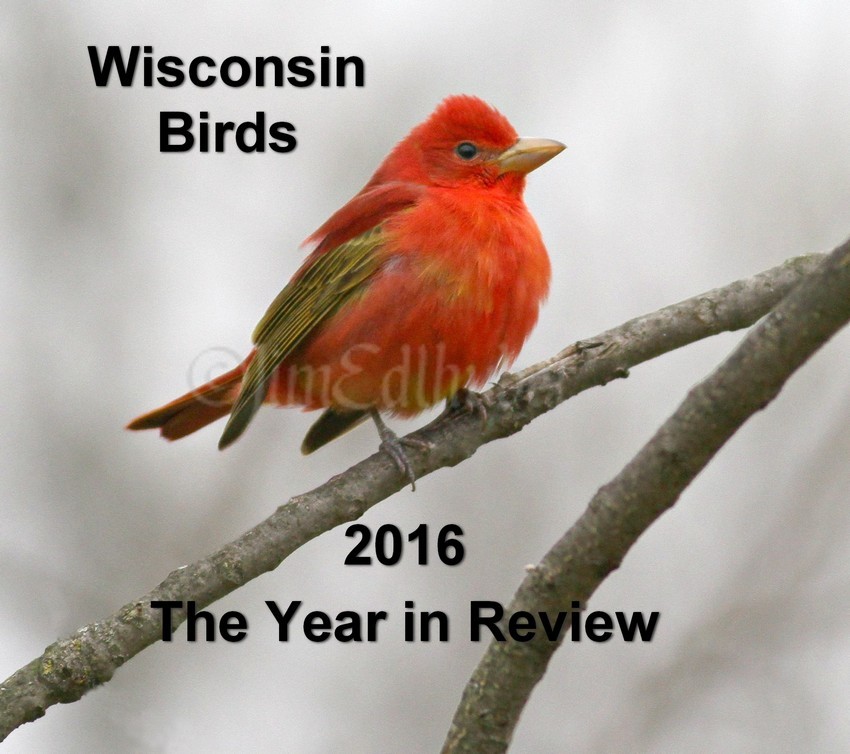
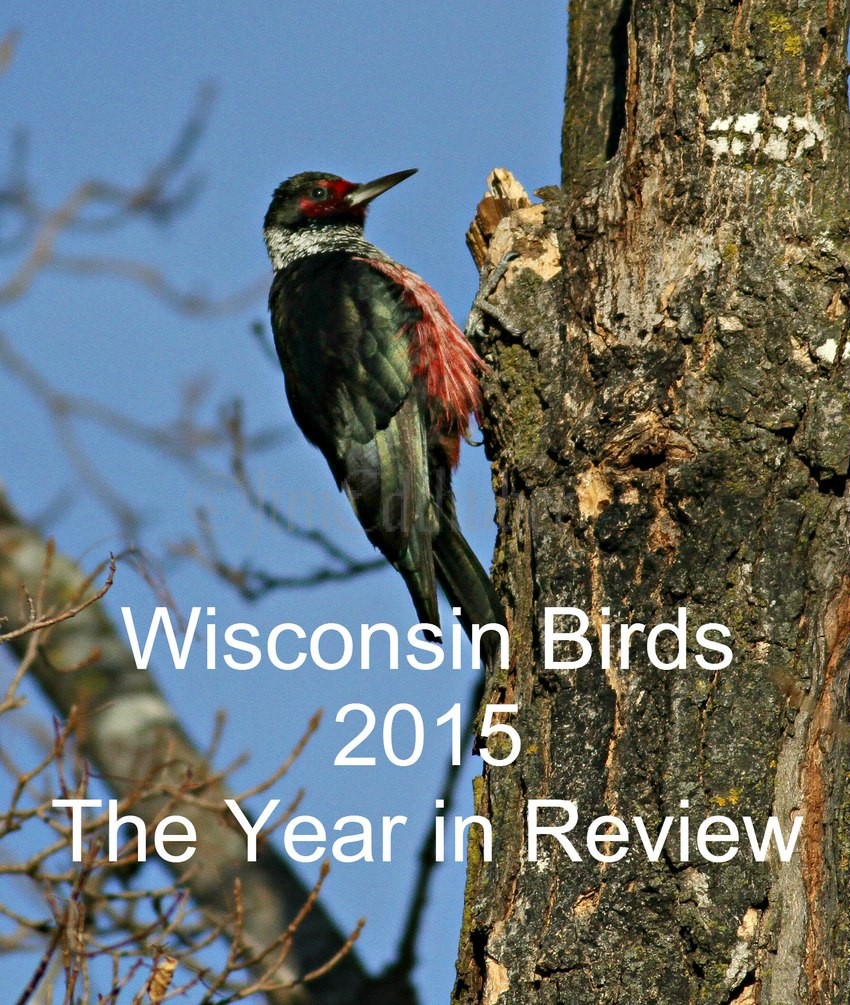
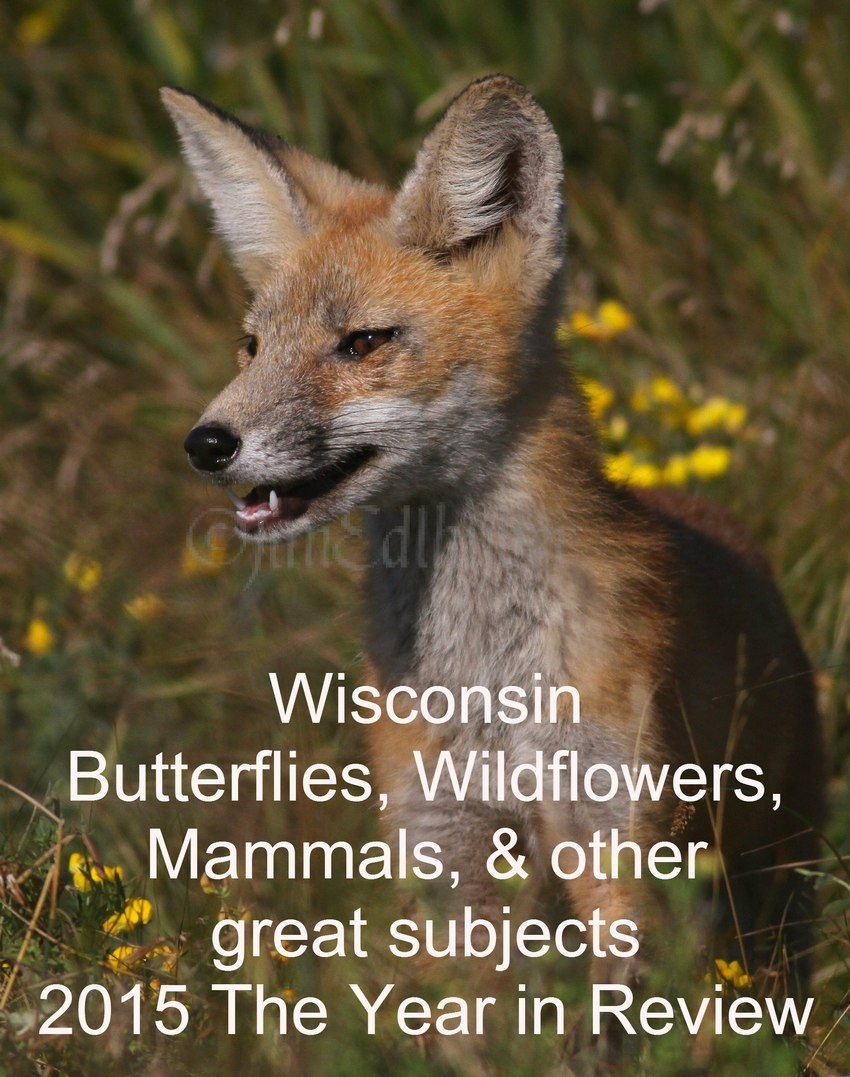
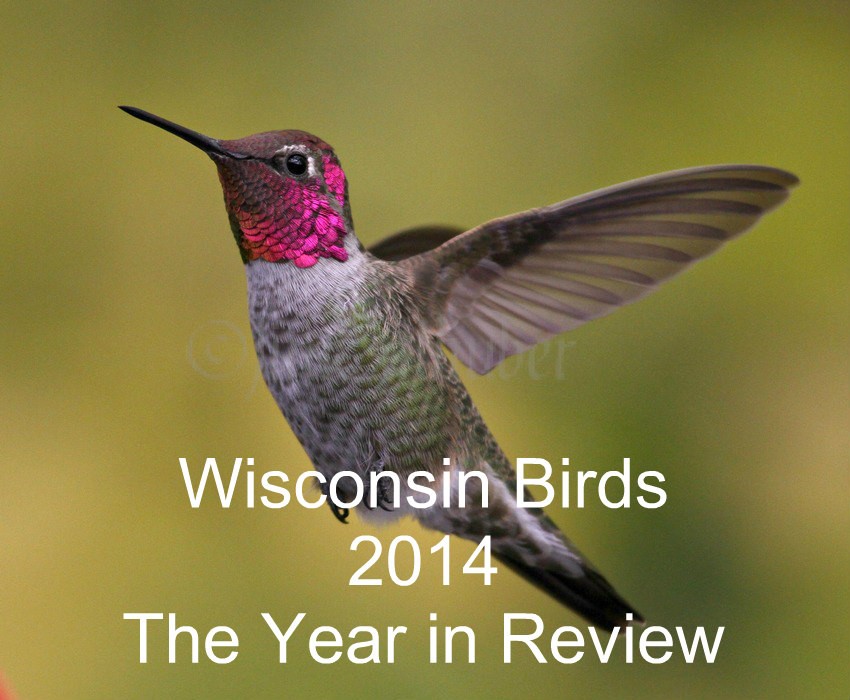
A GREAT CAPTURE JIM.
Great photos, Jim! Thanks for sharing.
This one appears more odd than the last one. I would be surprised if this one is able to find a mate.
What was it eating?
Hi, My name is Mar I just want to tell you my experience with this bird, I have been feeding this bird on my feeder for 2 years he is so sweet and kind with humans, he eat pretty much raises. Last year one of my photos of him was published on a bird’s magazine (birds and blooms) also I have a online blog with so many pictures of him you can take a look if you want to, I live in Waukesha in Whiterock Ave. This year he raise 2 fledgling in front of my home so happy for him and I’m waiting to his return in April. Thank you and have a good day.
https://flic.kr/s/aHskDGVxpJ